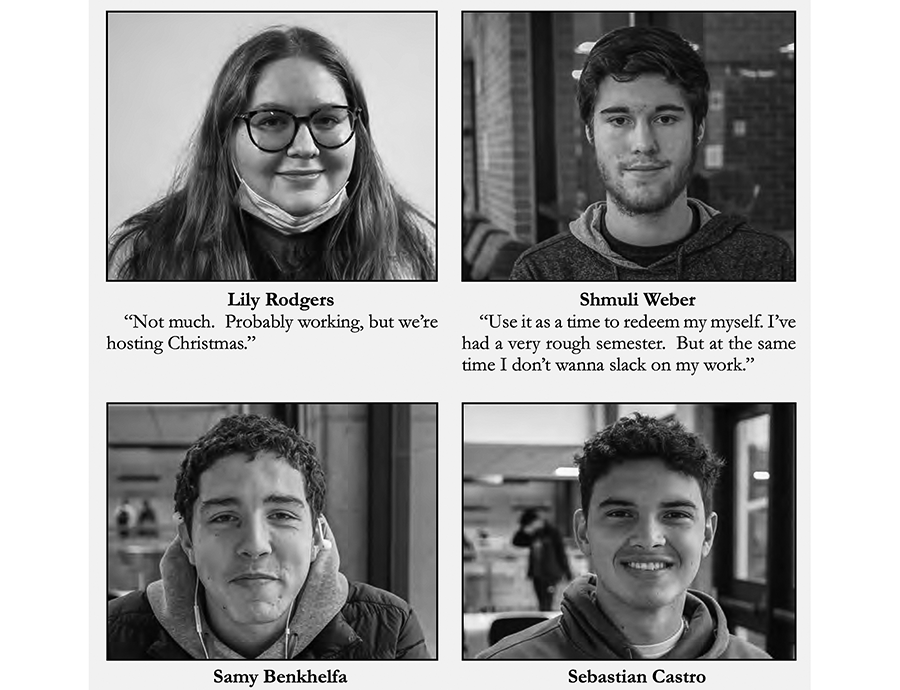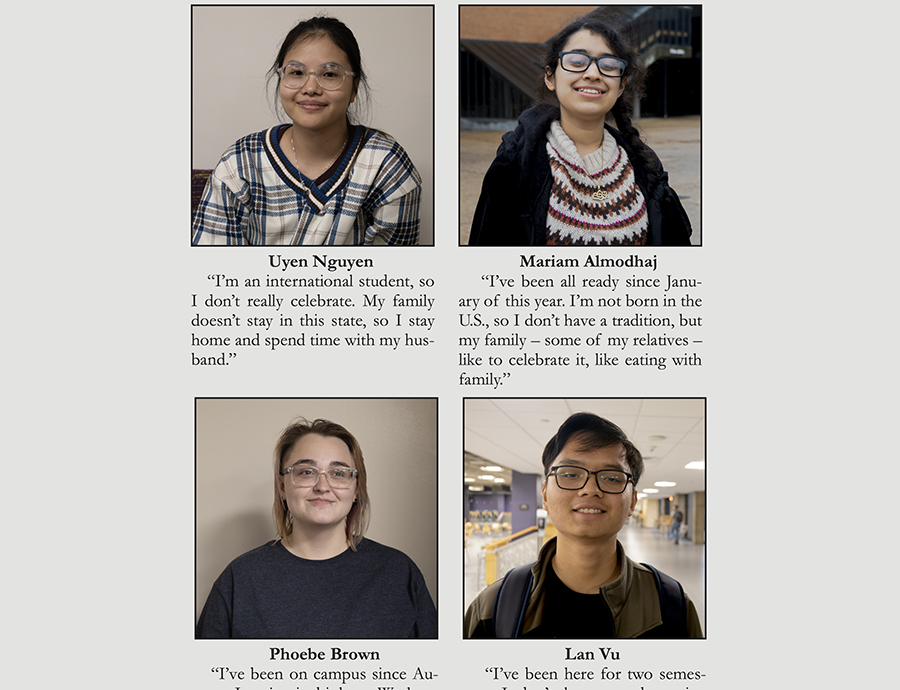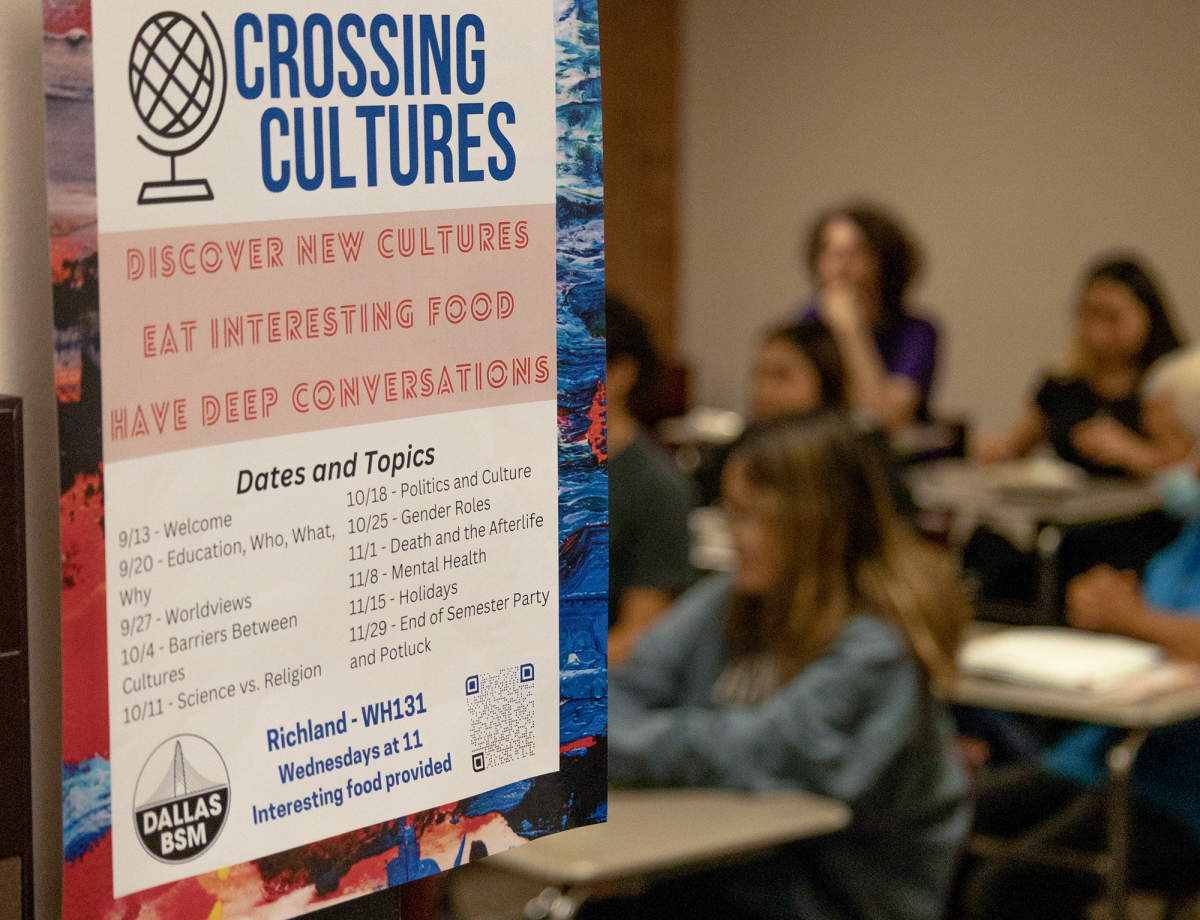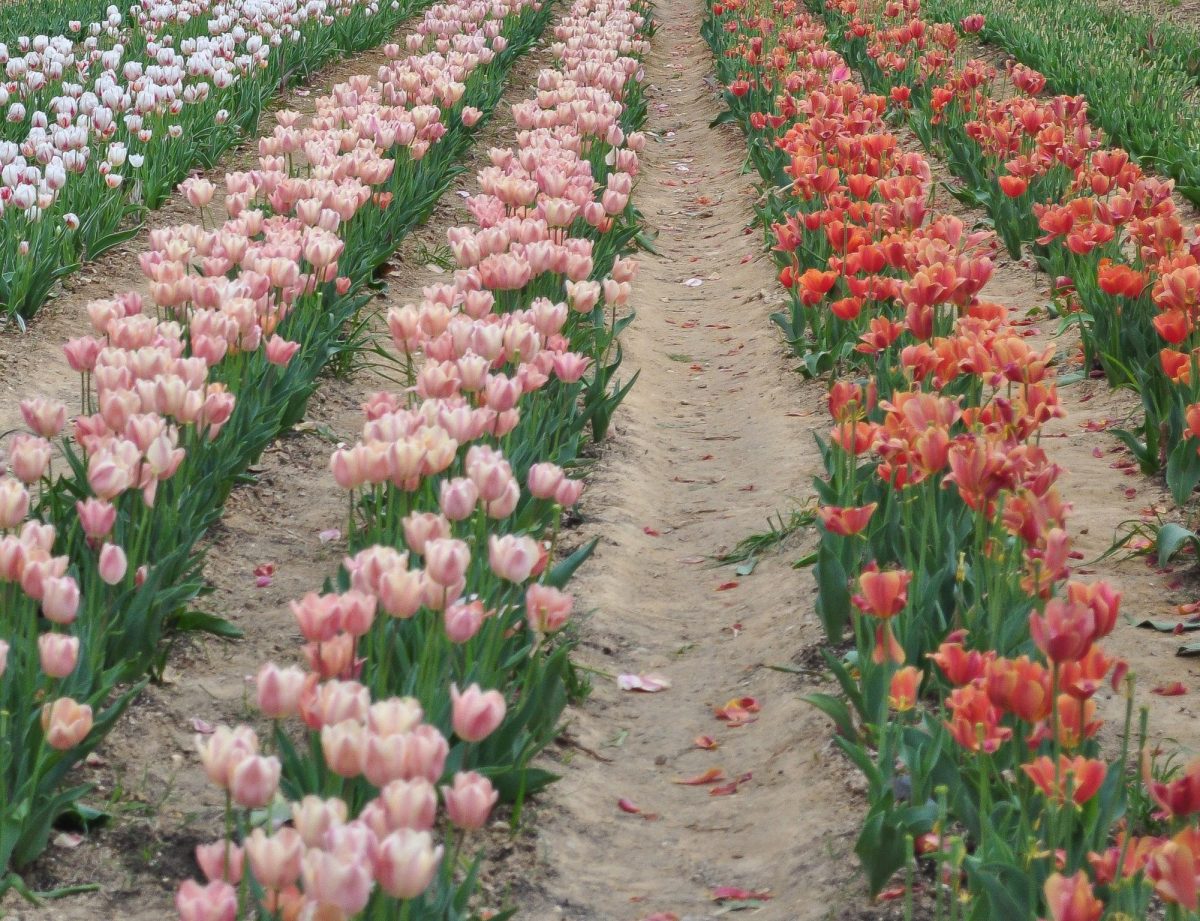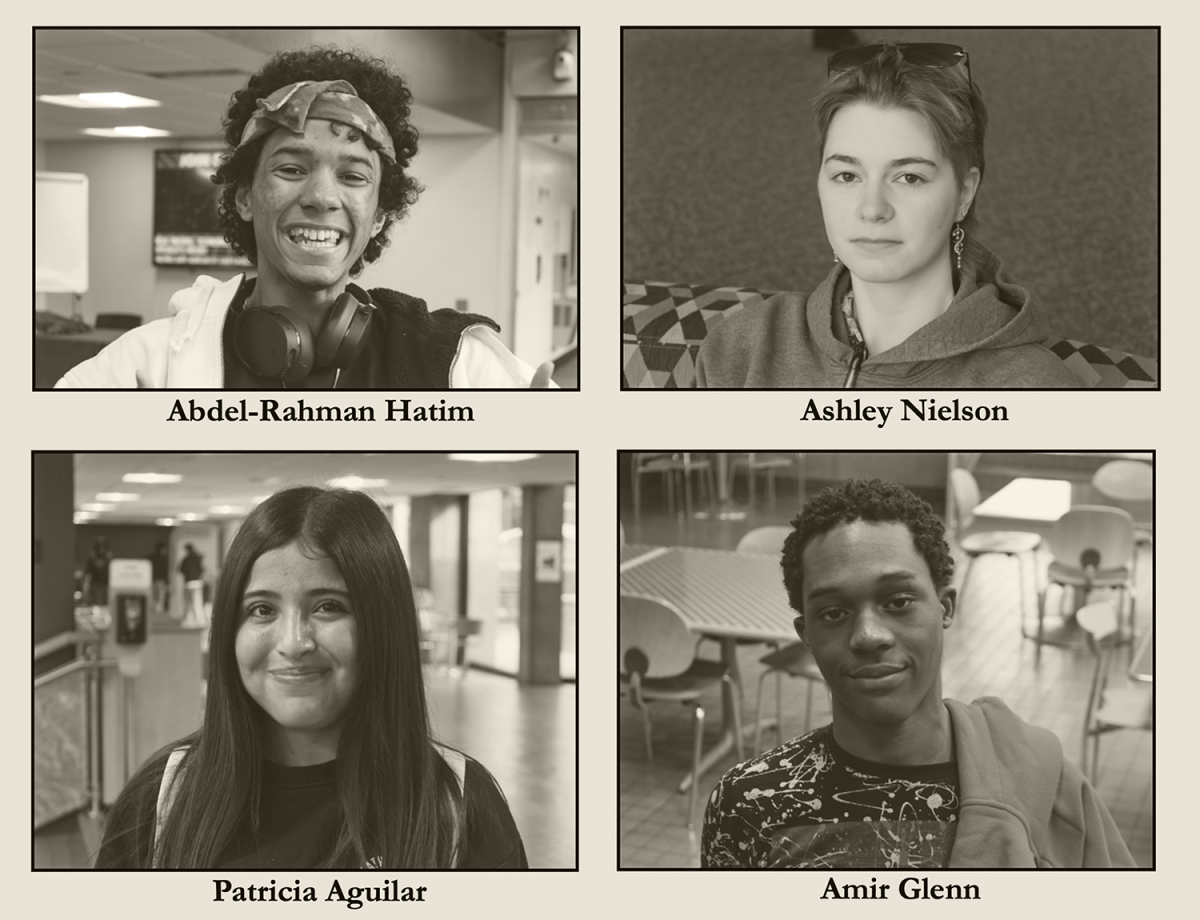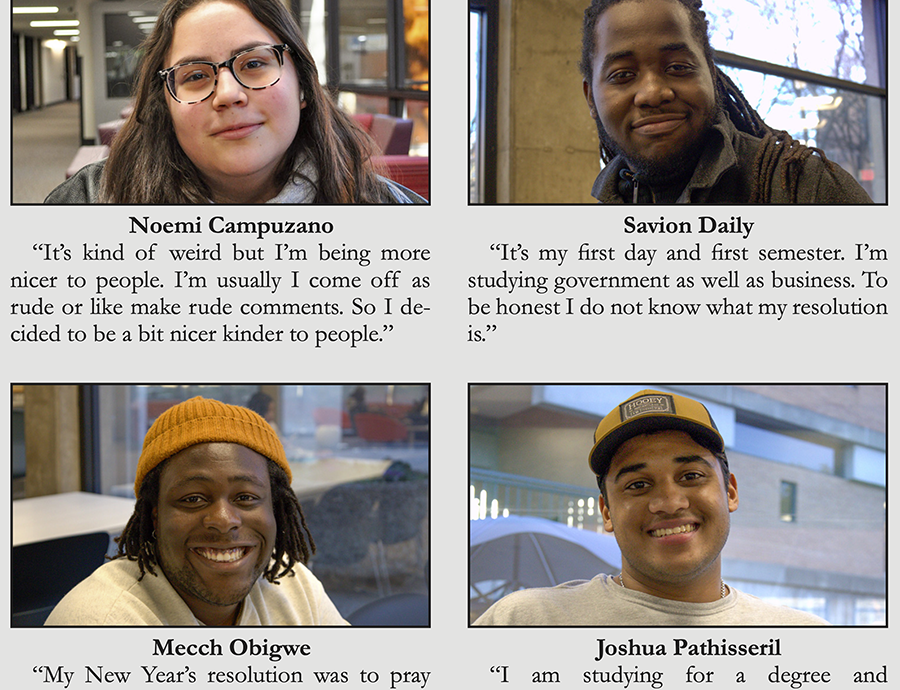Winter is nature’s metaphor for death. Impending signs of “aging” appear, such as the transition to cold weather, shifting of outdoor bustle of the summer to quieter indoor life, completion of harvest, slumber of the earth, burrowing and hibernation of animals, shed- ding of tree leaves, sallow branches, gray and dark sky, shorter days and longer nights. The time between October end and early November is a period of “in-between” – summer and winter, neither hot nor cold, halfway between the autumn equinox and winter solstice – a gateway between this world and another, the world of spirits.
Spirits are departed souls, who play the role of beneficent ancestors when appeased and malefic demons when dishonored. The traditions of Halloween, Dia de los Muertos, and Shraddha are three different rituals that honor the dead during this transitional time period.
Halloween is celebrated on Oct. 31. It is the day to welcome spirits to Earth. With origins in Ireland and Scotland, the tradition was brought to North America in the 19th century by Irish and Scottish immigrants and then through American influence, Halloween spread to many other countries.
Dia de los Muertos, or Day of the Dead, is a celebratory reunion of family members, living and deceased. It draws on indigenous, Catholic and European traditions, and is celebrated on Nov. 1 and 2 in Mexico and several Latin countries including Colombia, Honduras, Nicaragua, Peru and Venezuela, among others.
On these two days, families visit the deceased’ graves, clean and decorate them with flowers and provide atole, a traditional non- alcoholic beverage made of corn, cinnamon and vanilla. A Mariachi band plays music by the graveside.
The cornerstone of the celebration is the ofrenda, an offering altar of the dead. It signifies the belief that the spirit of the deceased return from the world of the dead to spend time with their families. Trails of smells and fragrances that come from flowers, incense and copal are used to receive the souls of the dead. The ofrenda includes water, the source of life, which quenches the souls’ thirst. Salt is offered as an element of purification to preserve the body. Candles are placed on the altar to guide the souls to see familiar places.
Shraddha — Hindus hold the annual Shraddha ritual in remembrance of their collective ancestors during the time when the sun is between the zodiac signs of Libra and Scorpio. It is believed that the souls leave ancestors’ land and reside in their descendants’ homes during this time.
Death is inevitable; it is the way of the universe. Within this cosmological frame- work, rituals serve the purpose of acknowledging the inherent cosmic order and sustaining the rhythm of the cosmic concert with- out compromising on the human spirit. Any individual is only a temporary member of a culture, but traditions such as Halloween, Dia de los Muertos, and Shraddha ensure continuity through community.
-Aditi Samarth, professor of humanities, Dallas College, Richland Campus


